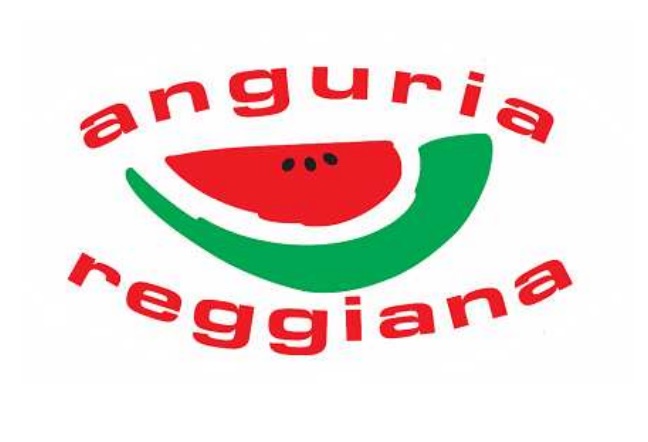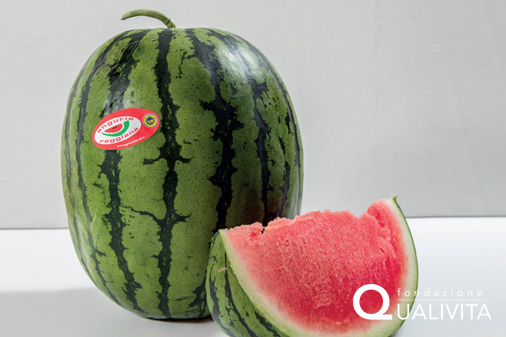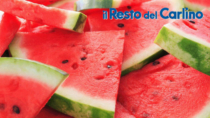Description
The Anguria Reggiana PGI refers to the fresh fruit of the following varieties of the Citrullus Ianatus species: Ashai Mijako, Crimson and Sentinel, round, oval and elongated, respectively.
Production Area
The production area of Anguria Reggiana PGI is either entirely or partly within 20 municipalities in the Province of Reggio Emilia, in the Emilia Romagna region.
Production Method
Anguria Reggiana PGI can be cultivated in open fields and/or in protected environments with a fully removable protective covering. Sowing for the production of seedlings to transplant takes place between January 10th and May 31st. Organic and mineral fertilisers are permitted while the soil is being prepared, and irrigation can be carried out with a sprinkling system or a localised system with perforated hoses and a drip system. The seedlings are transplanted between February 25th and June 30th, depending on the different management techniques. The density varies according to the types of watermelon: up to 2200 plants per hectare for the round type, up to 2000 plants per hectare for the oval and elongated types. They are harvest by hand when the fruit are fully ripe, the pulp is red, the seminal integuments hard and when the gelatinous layer that surrounds the seeds has disappeared. The maximum permitted production per hectare is: in open fields and cold greenhouses, no more than 60 tonnes for the round type and 70 tonnes for the oval and elongated types; in small tunnels, no more than 70 tonnes for the round type and 80 tonnes for the oval and elongated types.
Appearance and Flavour
Anguria Reggiana PGI is characterised by its smooth or slightly wrinkled rind, which is even with light, regular longitudinal grooves for all three varieties; the rind of the round watermelon is grey and that of the oval and elongated varieties is bright medium-green. When fully ripe, the pulp, which is firm and crunchy, is red for the oval variety and bright red for the round and elongated varieties. The flavour is very sweet taste. The round watermelon weighs between 5-12 kg, the oval one between 7-16 kg and the elongated variety between 7-20 kg.
History
Reggiana watermelon’s reputation of being high-quality dates back to the 16th century. Letters between the ancient Padano Renaissance courts praise the goodness of the product grown in this area. The fruit remained an elite product until the 18th century, when the Risorgimento opened the borders between the Nation’s States, permitting commercialisation to expand. But it wasn’t until the 20th century that the cultivation and consumption of watermelon became really popular in the area, as evidenced by the numerous shacks that sold watermelon slices. In 1931, the lowland area in the Province of Reggio Emilia was mentioned in the Italian Touring Club's gourmet guide, for its "watermelons and sugary melons".
Gastronomy
Anguria Reggiana PGI will keep for up to two weeks if kept in a shaded place, without undergoing any kind of forced preservation. On eating, the fruit must be whole, healthy and free of parasites, well-formed in relation to the variety’s characteristics and free of external cracks, dents or strange odours. It is delicious on its own, for quenching thirst during the summer, or in a tasty fig, Parmigiano Reggiano PDO and Basilico Genovese PDO salad. It is traditionally served with the local Pan de Re bread made with ancient grains and sourdough.
Marketing
The product is marketed as Anguria Reggiana PGI. It is sold in containers, bins and mini-bins made of material suitable for storing the product.
Distinctive Features
The particularly sweet-tasting pulp of Anguria Reggiana PGI is given to the limestone and clay soils, rich in potassium, in which it is grown. The Ashai Mijako variety has a sugar content greater than 11° Brix, while the Crimson and Sentinel varieties have a 12° Brix.







